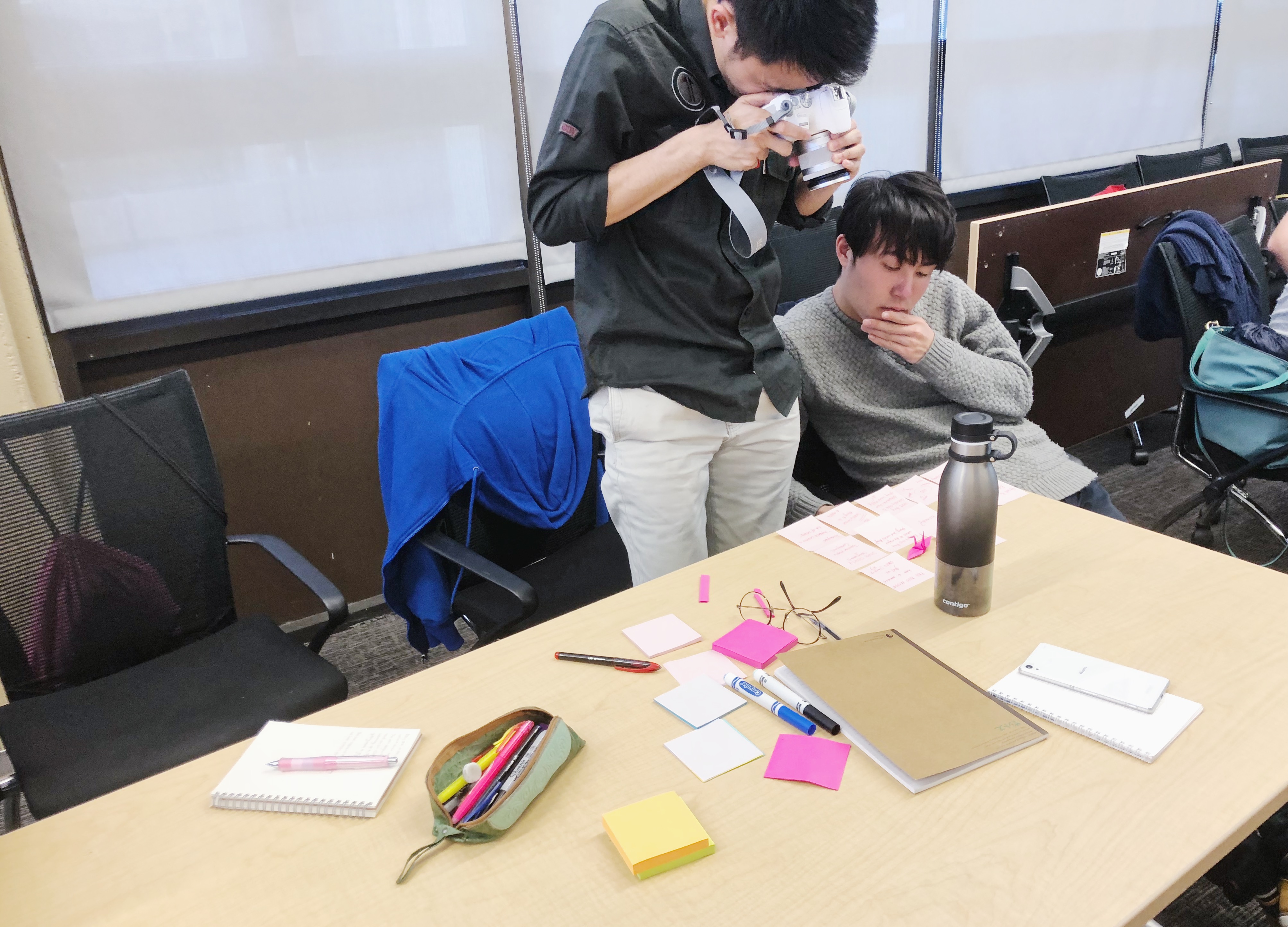This spring break, instead of jetting across the world, I decided to stay and volunteer for one of Stanford’s ‘Alternative Spring Break’ programs. In collaboration with VIA, Volunteers in Asia, the Design Thinking for Social Innovation program worked with 14 exchange students from various Japanese Universities to tackle sustainability issues in the Bay Area.
My reasons for joining the program were twofold. First was the opportunity to volunteer, especially after spending so many years in a relatively individually focused domain. Second was for the chance to use my Japanese and meet some interesting people. Overall, it was a great opportunity to flex my cross-cultural skills and project management abilities.
I missed the first two days – frisbee tournament in Seattle – and joined the group partway through the program. We split into small groups, mine had a focus on energy and waste, and immediately began the ‘design thinking’ process. Design thinking is a process for creative problem solving.
In general, there are 5 steps:
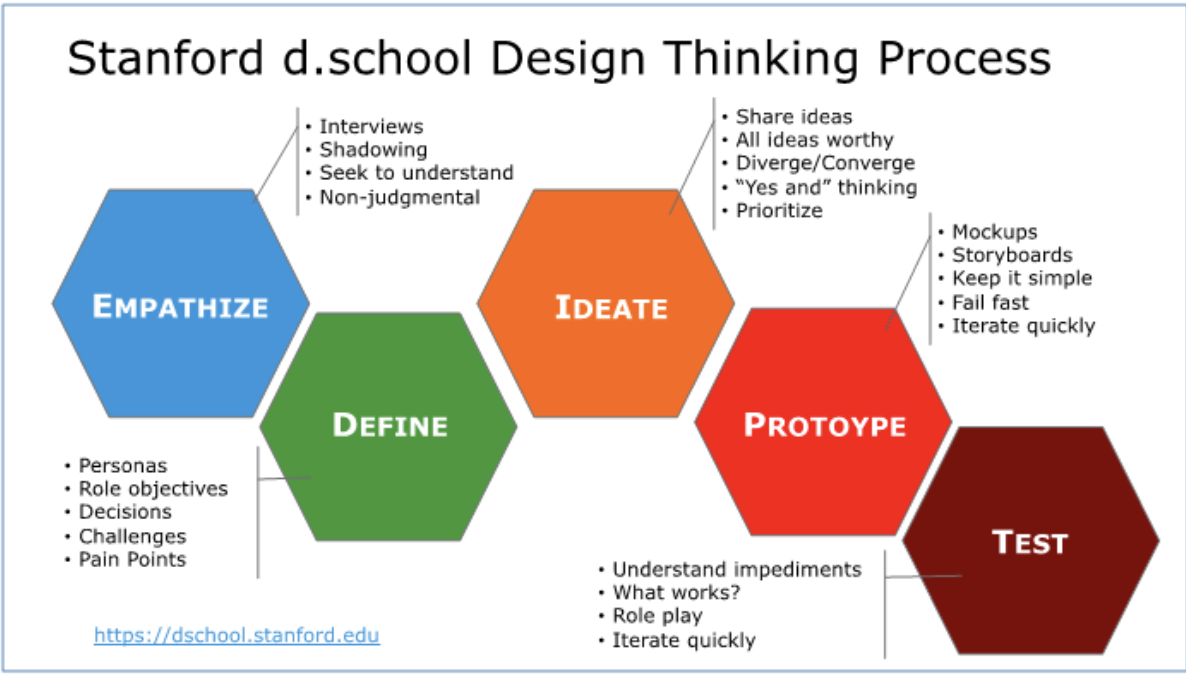
Here’s a wiki page on it if you’re interested.
We started with interviews. Over two days, we walked around the downtown Palo Alto area interviewing everyone we could.
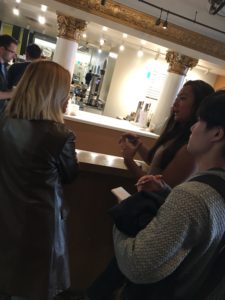
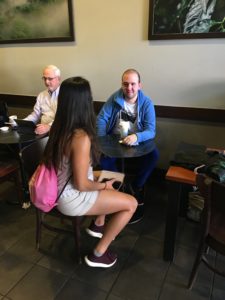
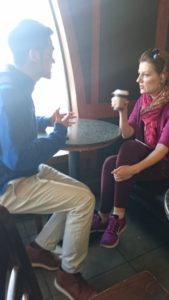
It’s much harder than you think to approach strangers. You don’t want to bother them. The surprise and occasional fear in the people’s eyes when a stranger approached them was insightful. We aren’t used to talking to random people on the street. I’m the same – I don’t like being approached by strangers either – but why do we feel this way? Anyways…
After gathering multiple perspectives, we began to narrow in on a problem. Trash.
Waste is a huge issue for the environment as well as the city of Palo Alto. So the next thing we did was observe the city’s waste management systems, and what each cafe and restaurant did. We noticed one thing in particular: The city, and almost every store, only had a single bin for people to throw trash into. No separation, no recycling or compost, nothing.
Not only does that promote bad practice on the customer’s part, but it’s just another step the city has to deal with when getting rid of the waste later. Nobody wants a degrading job like sorting through trash. We had found our problem.
This was a cross-cultural exchange program, so naturally we compared the United States to Japan. Here are the different trash systems:
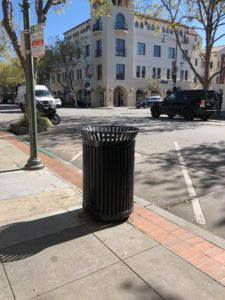
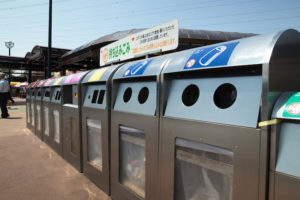
Quite a difference, no?
Our interviewees were shocked to see the difference, and insisted that the complicated Japanese system would never work in America. We agreed it may be too big of a leap, but kept it in mind as we began to ideate.
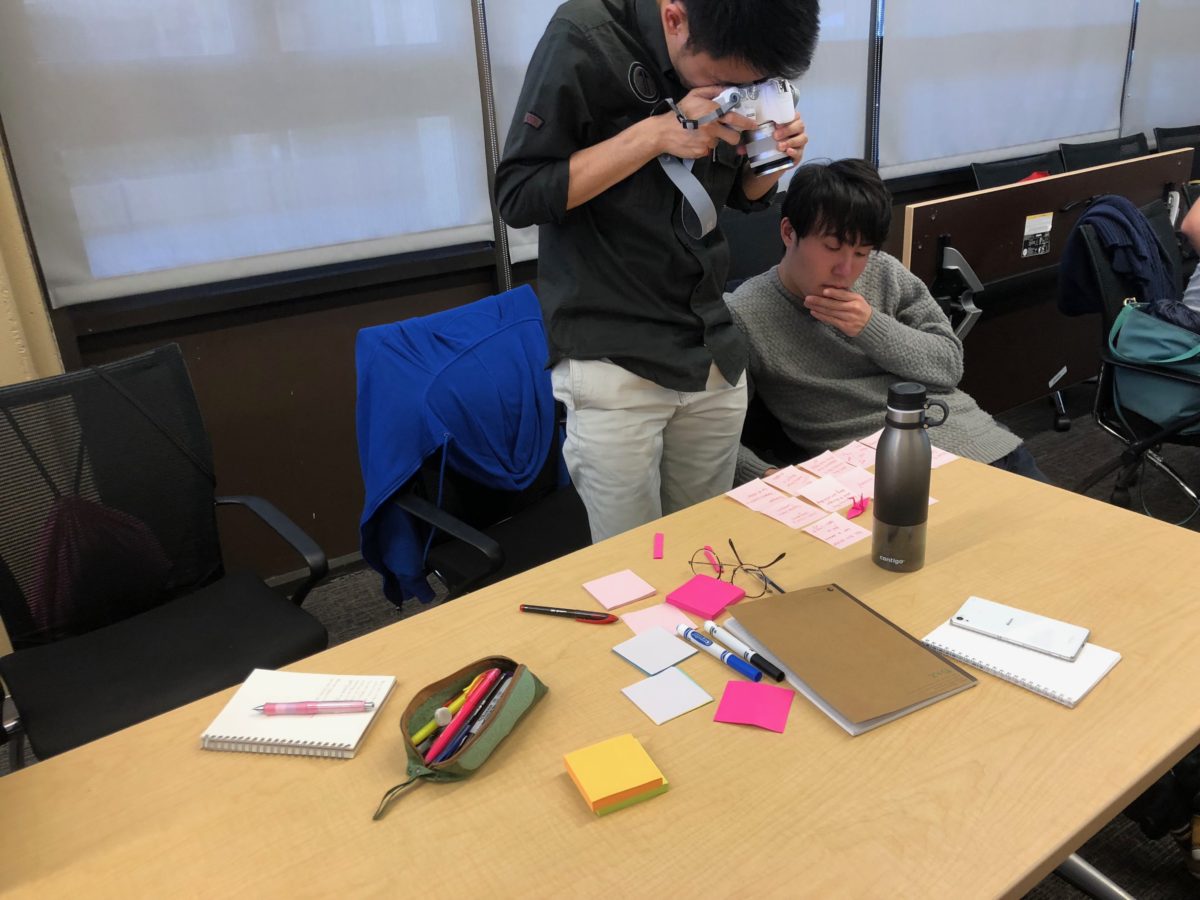
We sketched, drew, wrote, and processed. The design thinking process pushes you past your creative limits, into the absurd, in an attempt to pull some genius out of the mix. What we ultimately chose to pursue wasn’t the wildest or most innovative idea. But it was practical, implementable, and simply designed.
We prototyped and tested, gathering feedback from peers and members of the community. We repeated the process multiple times, making improvements along the way.
Finally, we gave a 20 minute presentation to a panel of members in the sustainability and VIA program communities.
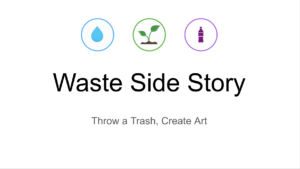
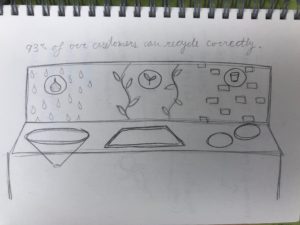
The product integrated feedback to traditional trash separation. The holes were designed to make separation intuitive and easy. The incredibly simple design seems obvious, but small changes resulted in correct waste disposal by all who tested the prototype. In this case, less is more.
…
Working in a multicultural group came with challenges to overcome. Although I spent almost three years traveling the world with a multilingual, multicultural group with the circus, working on a technical program involving people outside our communities brought new hurdles. I learned quite a bit.
One hurdle was the innate cultural differences. Approaching random strangers and speaking to them is awkward in America, and even more so in Japan. Combine that with an insecurity with speaking English, and you get a mess of hesitation and complacency. Creating a strict script and practicing the approach helped alleviate some of the worries.
Another hurdle was working in a group. Nobody wanted to step on each other’s toes and be too forceful with their opinion. A nice quality if you’re looking for a polite guest, but it gets nothing done. Eventually I accepted the leadership position and began moving the group forward in our tasks. As the week went on it was easier to reference each member’s individual skills to instill confidence and have them take initiative.
Lastly was the language barrier. My group was a man from Japan, and a man from the Philippines. I worked as a translator for much of the project – exactly the experience I hoped for! Still, there are nuances of Japanese and American culture that can be difficult to navigate when working across groups. Despite this, I tried not to be too much of a middle-man between my partners, and smoothed any communication hiccups as we worked on our project.
This was also a major project management experience. Delegation, organization, integration, and collaboration were all skills that I was able to practice and improve.
…
It was hard to see my friend’s Instagram stories of glamorous vacations abroad. Sandy toes, European castles, bumping clubs, the experience-chaser within me itched to get out and into the world again.
I am incredibly grateful for the opportunity I had to work on this cross-cultural, social innovation program.
However, this spring break showed me something I already knew – I need to travel. Traveling with the circus had that fast pace, the change, the excitement. Being back at school is great. I have consistency. I’m working towards a degree. I have the chance to pursue all of my other interests.
But now I know for certain that the job I create in the future will need to be dynamic. I’ll need to work in different countries, and have the freedom to move when I want, to wherever I want. I don’t know what it’s going to be yet, but creating it is part of the fun right?
